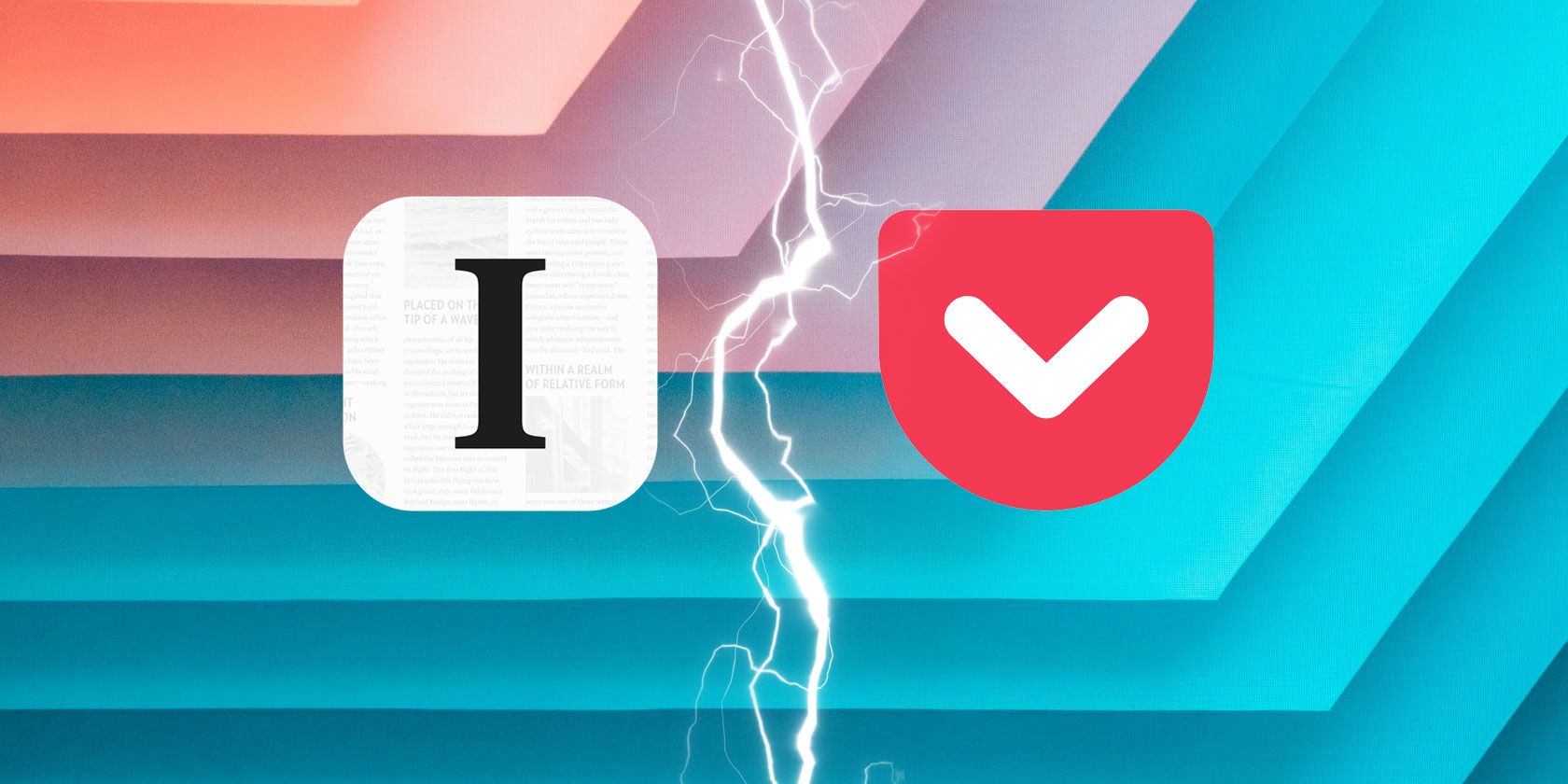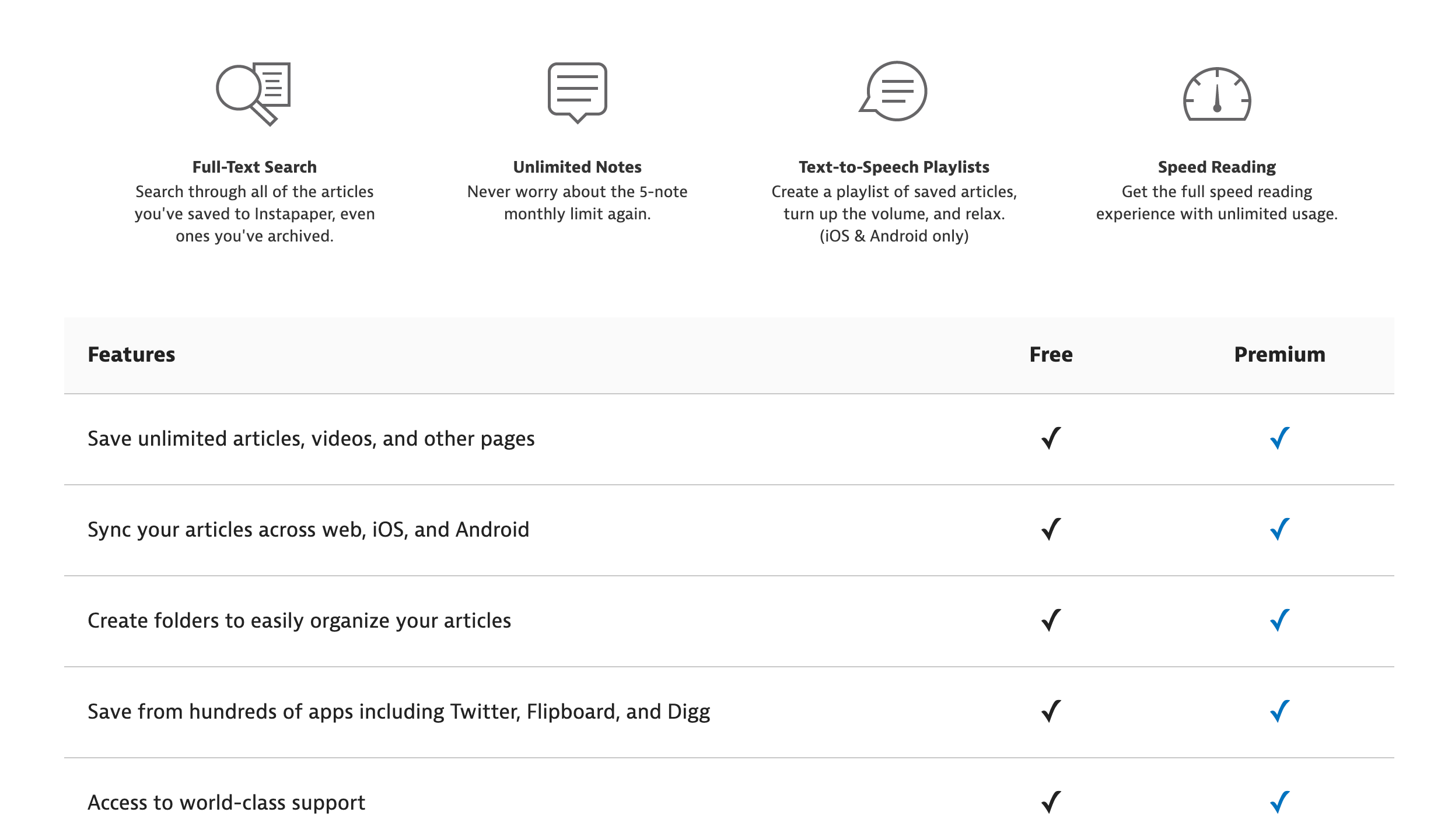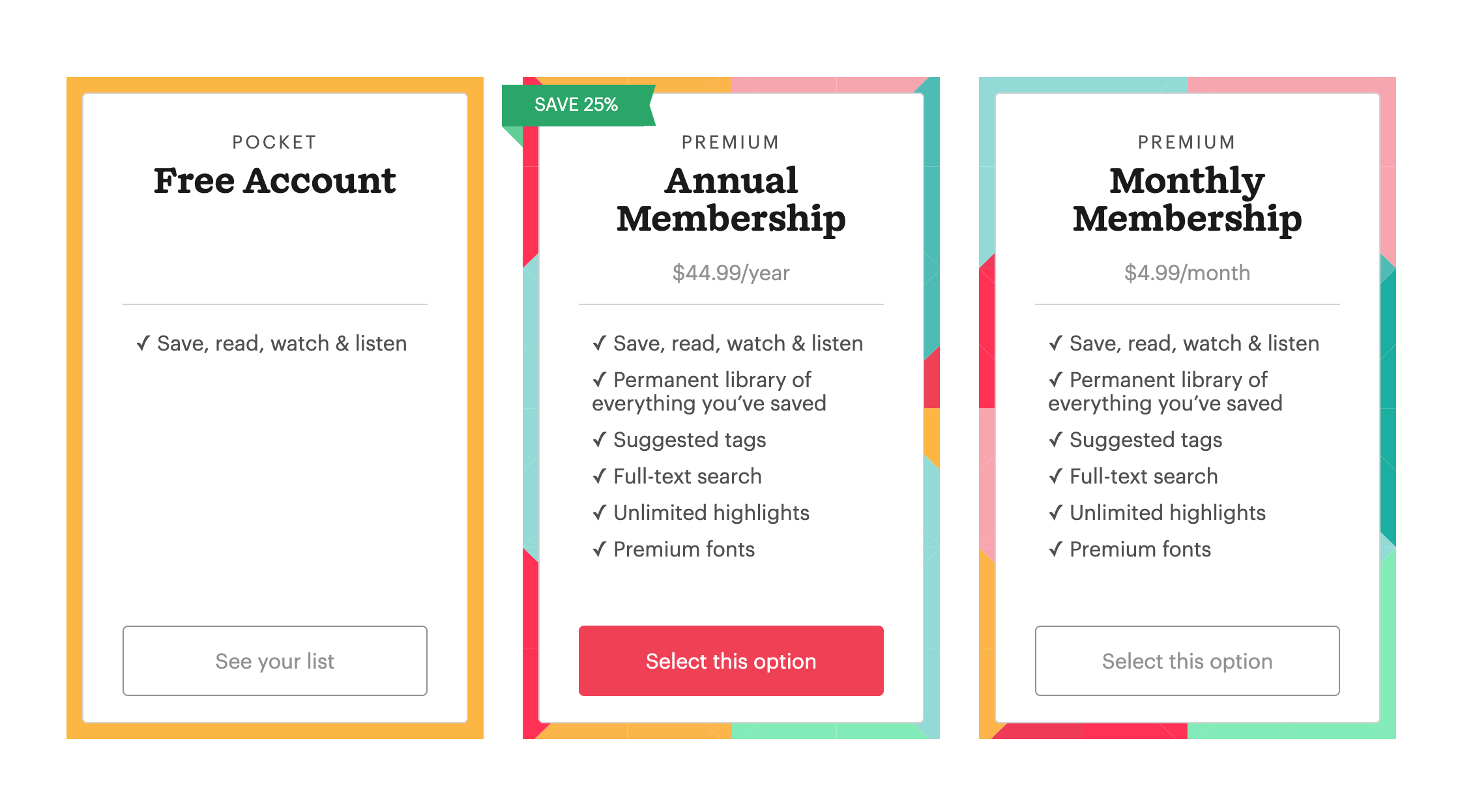Both Instapaper and Pocket do a very simple task—they save web articles for later reading. But which should you choose? Or does it even matter?
Well, despite their shared basic function, Instapaper and Pocket have many subtle differences that may determine which service you prefer.
So, without further ado, let's deep dive into this extensive comparison so you can decide which save-for-later app is right for you. For the app image comparisons in this article, keep in mind that Instapaper screenshots are on the left, and Pocket on the right.
Instapaper vs. Pocket: Supported Platforms
Both Instapaper and Pocket support nearly all the same platforms. Both have iOS and Android apps, websites, and browser extensions for Google Chrome, Safari, and Firefox to quickly save web articles. Pocket also has a Mac app whereas Instapaper does not.
While both somewhat support the Kindle, things can get a little complicated here.
With Instapaper, there are three ways to do this. The first two—an old-school USB transfer and an automated Send-to-Kindle email newsletter—are available with the free version of Instapaper. The third way—sending articles directly to your Kindle through a bookmarklet—only comes with the premium option.
With Pocket, on the other hand, you can use Pocket-to-Kindle (P2K), which will send your articles over to your Kindle via email (much like Instapaper's second method) on an automated daily, weekly, or one-time schedule.
Download: Instapaper for iOS | Android (Free, subscription available)
Download: Pocket for iOS | Android | macOS (Free, subscription available)
Instapaper vs. Pocket: Aesthetics
Instapaper and Pocket also share many similarities in terms of aesthetics. Both offer clean interfaces on the web and mobile.


Even so, Instapaper is slightly more minimalist and simpler. It's completely black-and-white with no color except for the article images and blue-selected tabs. Pocket is a bit more playful, with occasional gradient color accents.
Instapaper vs. Pocket: Customization
While the general aesthetics remain quite similar, the interfaces on both apps can be customized.
Instapaper offers more customization features. You can choose from a variety of fonts, magnify or minimize the font size, change the line spacing and indentation, and select one of four background colors.
Pocket, however, takes a simpler approach to customization. You can choose between three background theme colors and two free fonts—one sans-serif and one serif. To get more font options, you have to pay for premium.
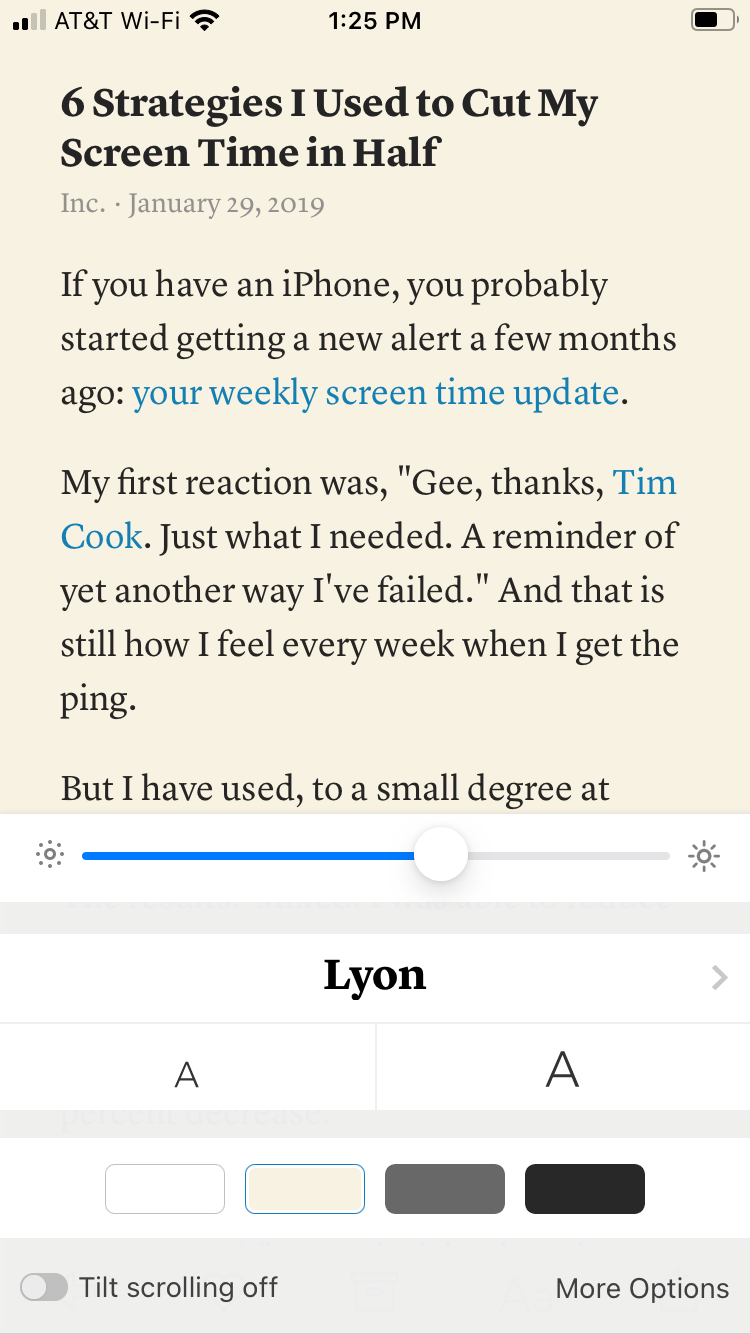

On Pocket's website though, there is a customization feature Instapaper does not have. You can switch the display of your saved articles from a list view to a gallery that emphasizes the article images more. On both Instapaper and Pocket's mobile apps, however, the list view is the only option.
Instapaper vs. Pocket: Organization
Arguably, the central difference between these two apps is how they organize saved articles.
Instapaper organizes via a simple folder method. This works in the same way as folders on a typical desktop computer. You can create folders within Instapaper and then simply drag and drop your articles from your Home page into those folders for storing. However, unlike on your desktop, you can't create subfolders.
Alternatively, Pocket uses a tagging system for organization. You can add custom tags to each article so that when you want to find it later, you can simply locate the tags you used for that article under the Tags tab.
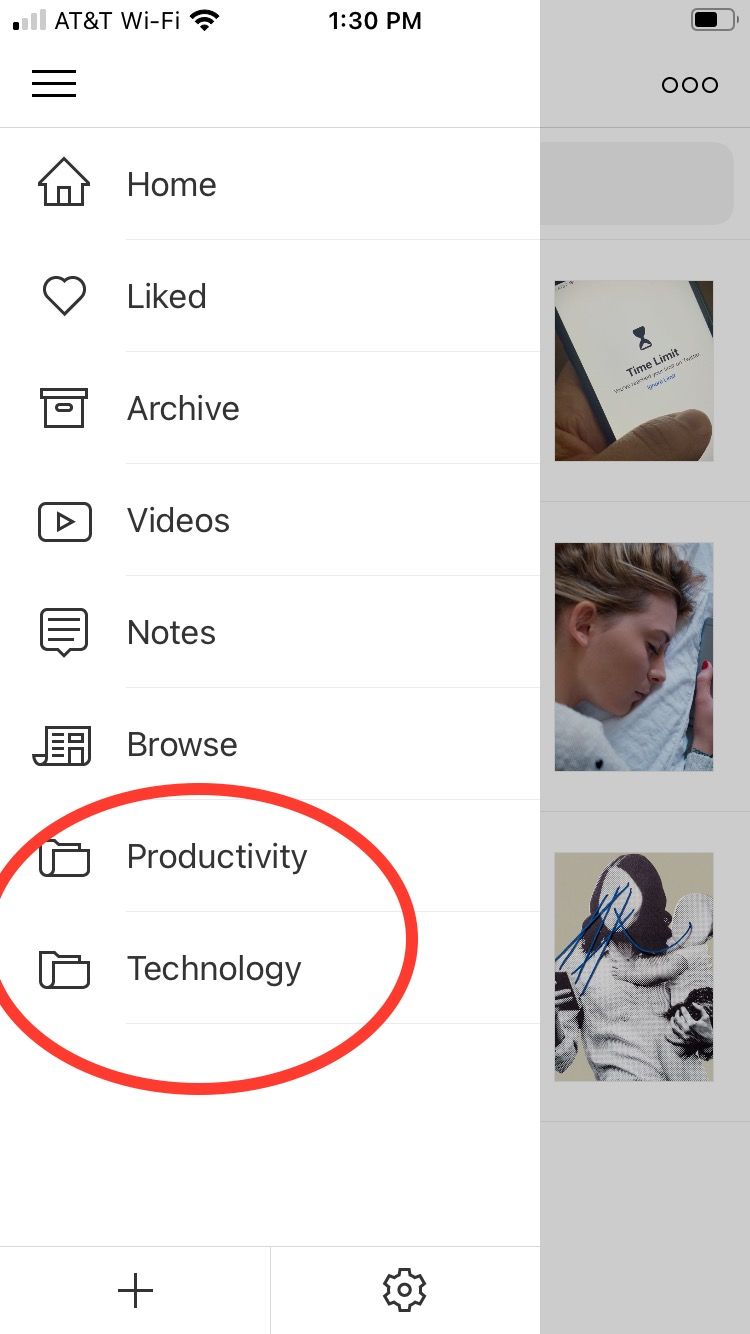
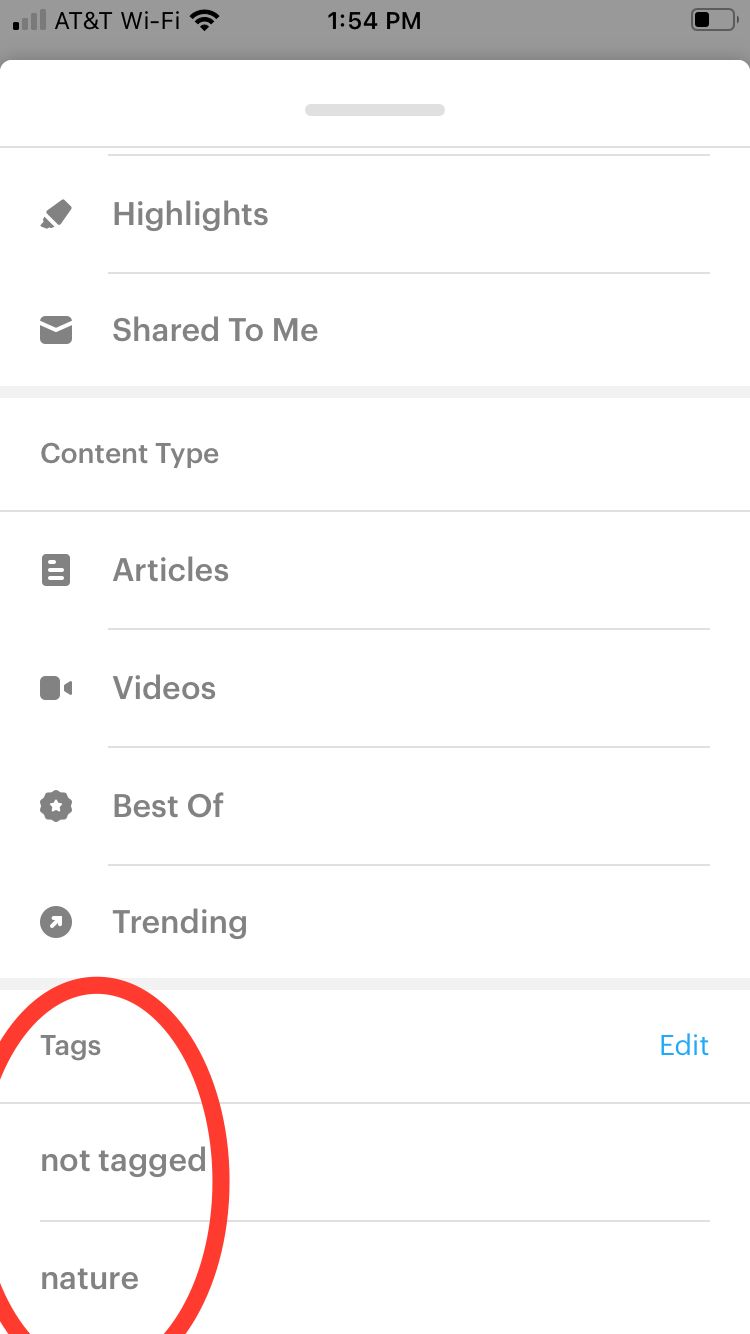
This makes Pocket preferable for extensive research projects where articles may cover multiple topics. Since you can't add subfolders in Instapaper, its level of organization is limited, and thus categorized articles on multiple topics is difficult.
But with Pocket, you can simply tag an article with many tags so that when you need to find it again, all you have to do is select a tag you used on it.
Of course, both apps work well for the casual reader who just wants to save articles for later. However, if you are looking for an in-depth organizational system for research, Pocket has the advantage.
Instapaper vs. Pocket: Highlights and Notes
Both services offer the capability to highlight text, which will then be saved for later access under the Highlights tab. However, unlimited highlighting is available only with the premium subscriptions of Instapaper and Pocket.

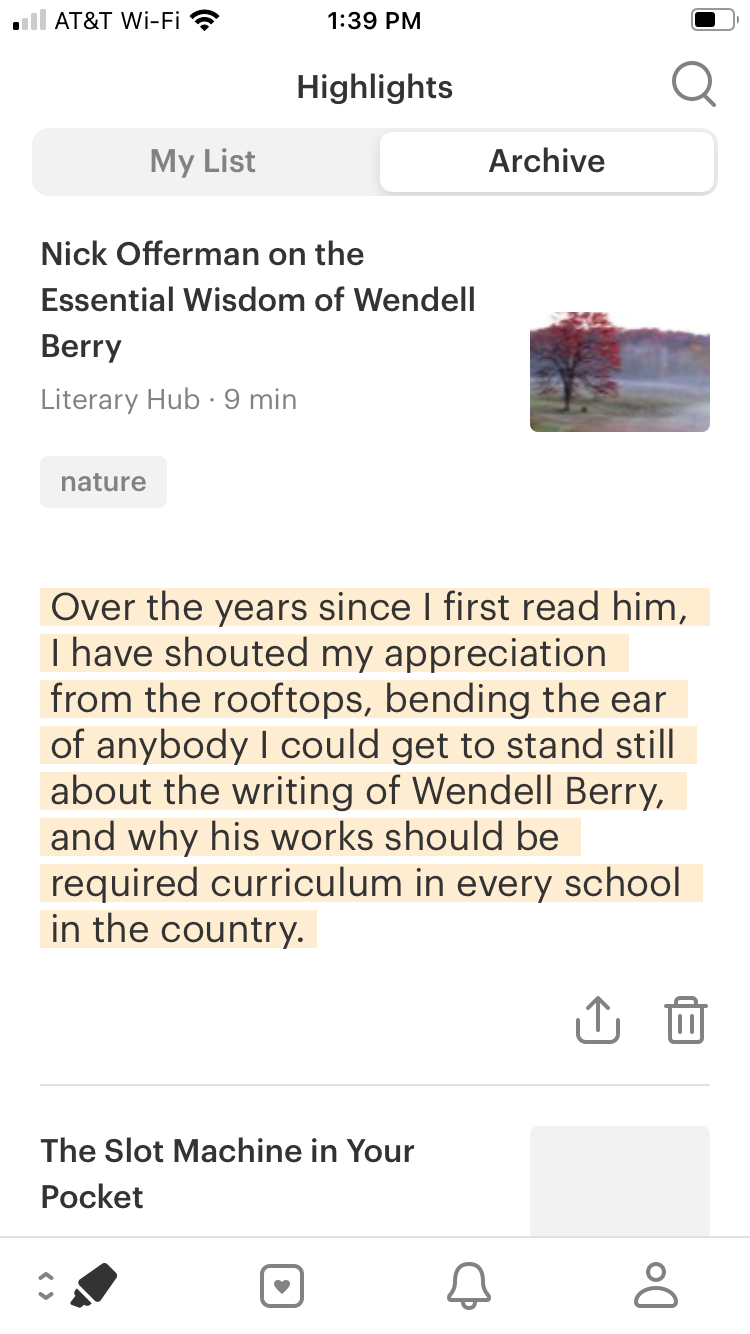
Without paying, Pocket gives you 3 highlights per article while Instapaper allows only 5 highlights per month total. Even so, with Instapaper, you can add notes to highlighted text, a feature not available in Pocket.
Instapaper vs. Pocket: Discover and Share
On Instapaper and Pocket, there are tabs for discovering new articles.
Pocket is superior to Instapaper in this sense. Instapaper's Browse tab has a limited number of recommended articles, while Pocket includes numerous articles that are updated regularly.
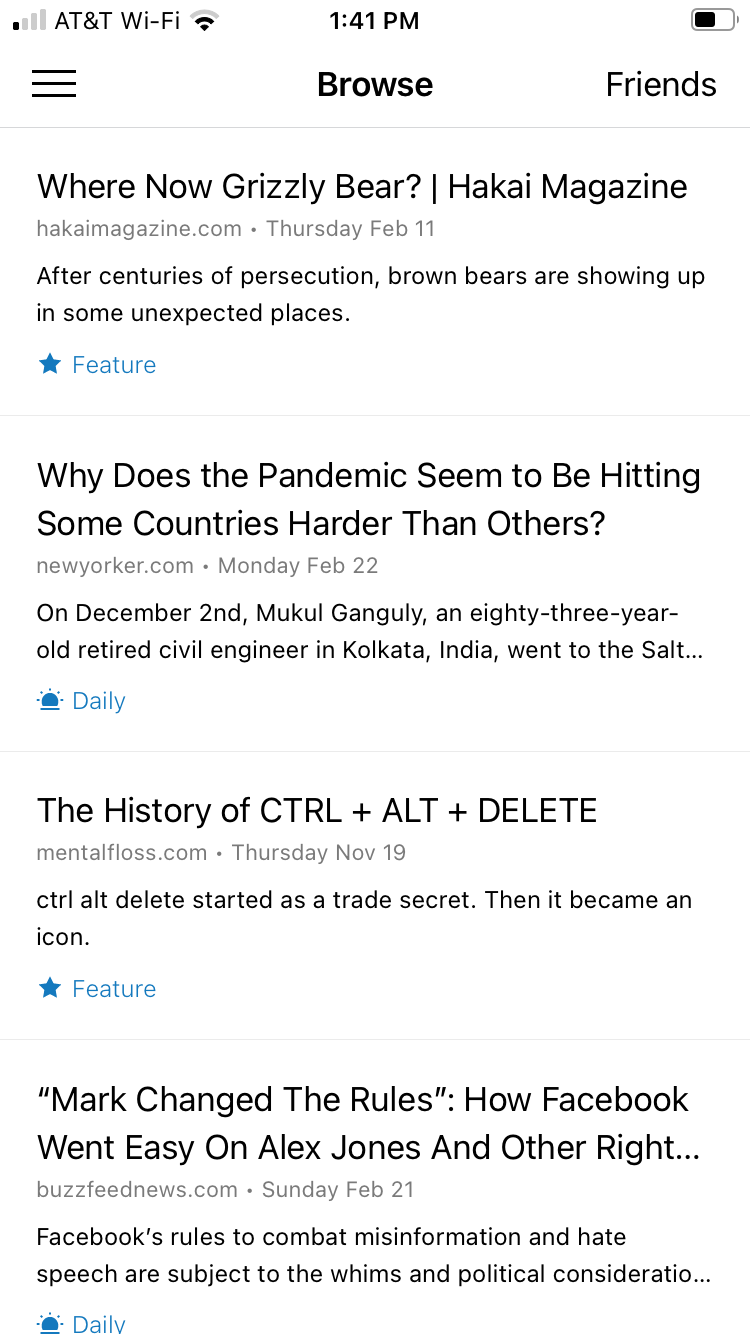
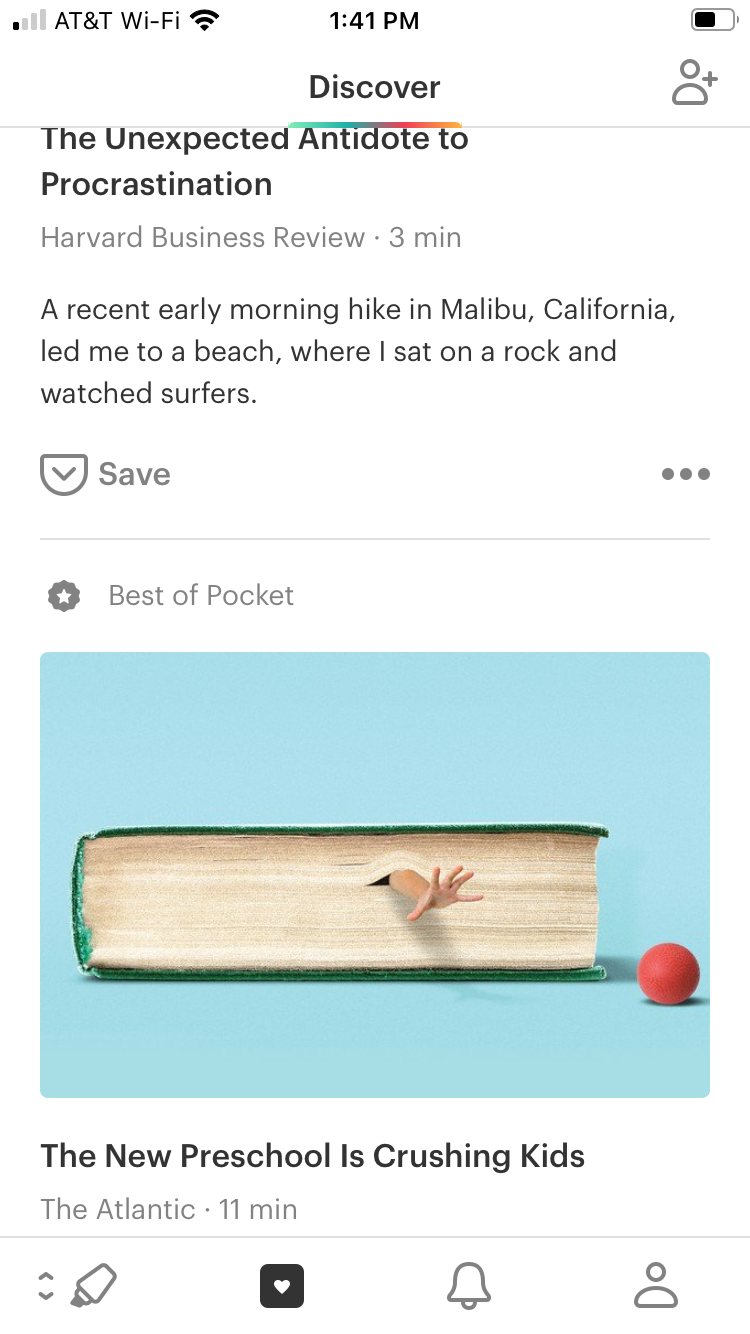
Each service also presents a social aspect. On Instapaper, you can find friends via Facebook and Twitter and share articles with them. On Pocket, you can find friends either through social media or you can search your contacts list. Also, on Pocket, you can share what you're reading with friends.
Instapaper vs. Pocket: Text-to-Speech
Both Instapaper and Pocket have text-to-speech features to let you listen to articles as you would a podcast. However, to get this feature on Instapaper you have to pay for premium. On Pocket it's free.
Instapaper vs. Pocket: Speedreading
Instapaper does have one unique feature that Pocket does not—speedreading.
This works by Instapaper flashing very quickly one word from the article at a time on the screen. Honestly, this can be a slightly jarring experience. But if you can handle it and still comprehend the article's meaning, you might love this feature.
This feature isn't available on Instapaper's app for free, but it is on the web. Of course, if you upgrade to premium, you can use it on your phone.
Instapaper vs. Pocket: Videos
If you want to save YouTube and Vimeo videos to the same place you save your articles, both Instapaper and Vimeo offer a separate Video tab for just that. However, it seems Pocket is a bit more skilled at saving videos.
For example, when I saved a YouTube video link in Pocket, it extracted the video title and thumbnail. When I saved the same link in Instapaper, it didn't extract the thumbnail or title and it just replaced the title with the URL.


This would make things very difficult when returning to watch your saved videos in Instapaper since you wouldn't be able to tell which link belonged to which video.
Although Pocket wins with videos, on neither app can videos be downloaded like articles for offline viewing. Thus, saving videos to Instapaper or Pocket isn't necessarily that useful to begin with and probably won't be a major determining factor in which app you end up going for.
Instapaper vs. Pocket: Search Features
Pocket lets free version users search their articles' titles. If you upgrade, you'll be granted full-text search which could certainly come in handy.


Instapaper, frustratingly, allows limited search capability on its mobile apps but not on the web with the free version. Once upgraded though, you can search full-text on both web and mobile like with Pocket Premium.
Instapaper vs. Pocket: Subscriptions
If you are willing to pay for either, Instapaper is the cheaper option at $30 annually compared to Pocket's $45.
However, Pocket Premium debatably provides better features to justify its higher price, as you can see below.
But rather than explaining all the variances between the free and premium versions for both platforms, check out Pocket and Instapaper's premium pages to find out what each has on offer.
Should You Use Instapaper or Pocket?
If you are a casual reader just looking to save articles for later, you really can't go wrong with either Instapaper or Pocket. Both perform their shared basic function really well, although Instapaper is definitely simpler and more minimalistic.
However, if you don't want to pay for a premium option but want a few more features like highlighting, then Pocket is your better bet. The free version has much more to offer than the free version of Instapaper, including text-to-speech, search capability, and more highlights.
Ultimately, of course, the decision is up to you. Instapaper and Pocket offer different things for people with different preferences. So, it's probably best to begin by thinking of what features you want in a save-for-later app and then make your choice from there.

